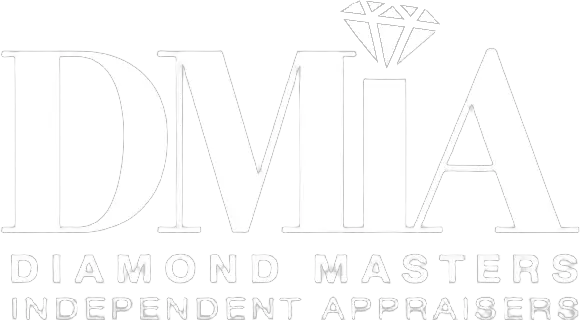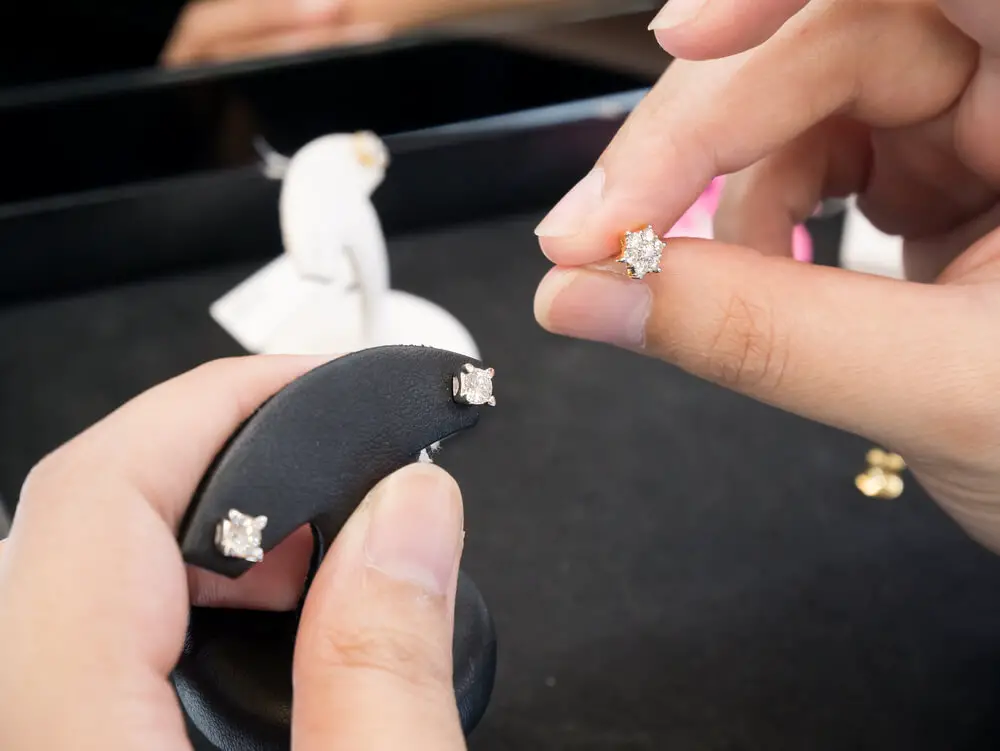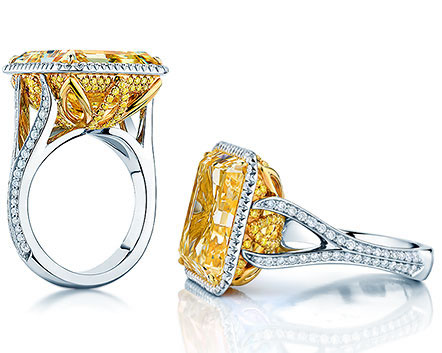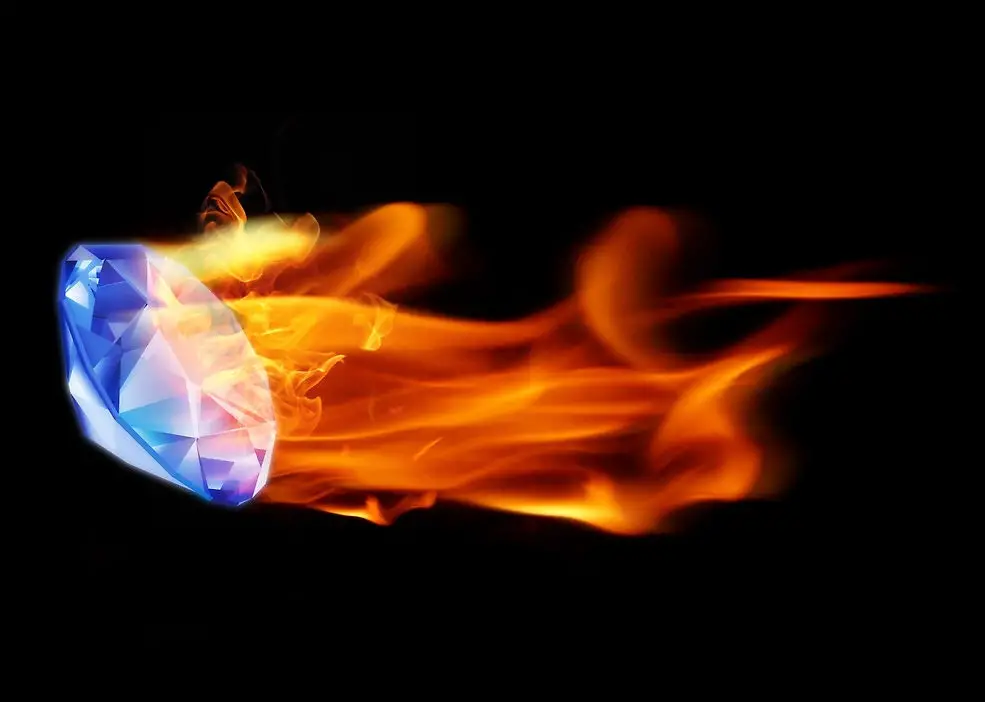Princess Cut vs. Square Cut Diamonds: The Different Types of Square Diamond Shapes
The princess cut diamond has grown tremendously in popularity since its inception in the 1960s, particularly for engagement rings. When you’re shopping around for a square cut diamond princess cuts are a great choice but you should be sure to keep in mind the differences between it and other square cuts.
The difference between princess cut diamonds and other square cut diamonds include depth, shape, brilliance and color. Because of these differences various square cuts can be more or less expensive than the princess cut as well.
In this article, you will find out what exactly is a princess cut diamond and how it differs from other square cut diamonds. You will also discover a few things about what to pay attention to when choosing a square cut diamond and where to buy diamond jewelry.
What Is a Princess Cut?
This cut of diamond was developed in the 1960s but diamond cutters Betazel Ambar and Israel Itzkowitz made the princess cut we know of today in 1980. Princess cuts are known for their flexibility and working with all kinds of different styles of rings.
Only the classic round brilliant diamond cut could be considered more popular than the princess cut today. Its popularity comes mostly from its beautiful design but it is also surprisingly affordable in comparison to other diamond cuts.
The lower price of this cut is because of the pyramid shape of the diamond cut. It’s somewhat similar to a half of the stone that a princess diamond is cut from, called the octahedron rough stone.
This means two princess cut diamonds can be cut using the same uncut stone that are roughly equal in size with more than half of the rough stone’s weight being retained after it has been cut. The lack of waste created when making this kind of cut means it can be sold for a smaller price.
Which Diamond Shapes Are Referred to as Square Cuts?
There are a few different types of square cuts that diamonds can come in. These include:
- Princess Cut
- Cushion Cut
- Emerald Cut
- Asscher Cut
- Radiant Cut
- Baguette Cut
If the length-to-width ratio of a diamond cut is 1 then it is a perfectly square cut diamond. However, these cuts are seldom often ever actually seen and most square cuts are really rectangular cuts. These cuts will sometimes have a length-to-width ratio that is very close to 1 but is off by a few millimeters.
Any rectangular cut diamond that has a length-to-width ratio of less than 1.05 will look perfectly square to the naked eye. Of course, there is no golden length-to-width ratio, it is really all a matter of personal preference on how perfectly square you want your diamond cut to be.
Square cut diamonds are usually more expensive than other diamond shapes. The more rectangular the diamond cut is, the lower the price typically becomes. So the more valuable ones will be as close to square as possible.
Other popular square cuts are the Asscher cut, the emerald cut, and the radiant cut, which we will go over the differences between all of these and the princess cut in the next section.
The cushion cut is also considered to be a square cut despite it having rounded corners and we will also go over this cut in the next section.
The Princess Cut vs. Common Square Cuts
The Princess Cut vs. The Asscher Cut
The facets of these two diamond cuts are arranged and shaped a bit differently from one another. Asscher cut diamonds have facets parallel to its girdle that emphasize the clarity of the diamond.
Also, in terms of color, the princess cut diamond masks yellow colors very well due to its sparkle. Meanwhile, Asscher cut diamonds have trouble doing this due to their clarity so you should not go lower than H color with this diamond cut.
The recommended depth percentage range for these two diamond cuts is also different from the recommended princess cut depth range between 64% – 75% while the recommended Asscher cut depth range between 60%-70%.
See my in-depth comparison of Princess vs. Asscher: Princess-Cut Diamonds vs. Asscher-Cut Diamonds: Which is Better?
The Princess Cut vs. The Emerald Cut
An emerald cut diamond is a step cut, which gets its name from the way the facets appear to look like steps and look larger than brilliant cut diamonds like the princess cut. This sacrifices some sparkle for the emerald cut, but they are both very beautiful diamond cuts.
Depth is not quite as important for emerald cut diamonds as it is for the princess cut, because a shallow bottom on a princess cut diamond can reduce its brilliance; one of its most recognizable features on a princess cut.
Emerald cut diamonds also usually show color easier and, much like Asscher cut diamonds, you should not go any lower than H color. If you are going to set the diamond in white gold or platinum, this color will be especially noticeable.
Emerald cuts do not prioritize brilliance like the princess cuts do and, because of this, it is not recommended to get one with a clarity grade lower than VS1-VS2 unless the diamond is basically flawless and has no indication of discoloration.
The Princess Cut vs. The Radiant Cut
Among the most noticeable differences between a princess cut diamond and a radiant cut diamond are seen in their corners. A princess cut diamond, has sharp edges that are uncut and give it a much more square look.
See examples of Radiant Cut Diamonds
A Radiant cut diamond will feature cut corners and will look a bit less piercing than a princess cut diamond. In terms of looks, a radiant cut diamond is much more modest than a princess cut diamond.
Another difference between these two cuts is in their shapes. This of course, is not the case for every one of these cuts and there will be exceptions. However, for the most part, radiant cut diamonds are more often rectangular with princess cut diamonds will appear more square.
In terms of popularity, it is no question that the princess cut is much more popular. You will be fairly hard-pressed to find radiant cut diamonds on the market, while princess cuts are available in almost any jewelry shop.
Also, radiant cuts will typically have a bit more depth to them than princess cuts. Radiant cuts will reflect light differently than princess cuts as well, making its brilliance a bit more pronounced. On the other hand, the princess cut diamond shows a light reflection pattern that is somewhat more linear.
Lastly, radiant cut diamonds usually retain more color compared to princess cuts and the lowest recommended color grade a radiant cut should have should be no less than F, G or H provided that it is set in platinum or white gold.
Princess cuts, on the other hand, have a recommended minimum grade in the G, H, or I range for platinum or white gold and in either J or K if you plan to set it in yellow gold.
Princess Cut vs. Cushion Cut
The cushion cut looks very different from the princess cut because it does not look rectangular at all due to its rounded corners. It gets the name “cushion cut” because it looks somewhat like a pillow.
Despite this, both of these cuts belong to the group of brilliant cut diamonds and it is sometimes difficult to say how these cushion cuts can differ from the princess cut in this way.
Cushion cuts come in a fairly wide variety and can sometimes be as brilliant as their princess cut counterpart or display much less brilliance due to the shape of that particular cut’s facets.
All in all, it really depends on what the cushion cut diamond looks like to accurately compare it to the typical princess cut diamond. These two vary mostly in shape but, in assets like depth and color retention, these two diamond cuts can either be very similar or equally different.
What to Pay Attention to When Choosing a Square Cut
When looking at square cut diamonds, make sure you are looking at the brilliance, clarity, and color of the diamond cuts and try to see for yourself if it matches the written grading reports that you will likely see alongside them.
Also, be sure to take a look at the shape of the cuts and decide on whether you want to go for a close-to-perfectly square shaped cut or something more rectangular.
Particularly with princess cuts, do not forget that they have sharp corners and will have to be protected with the setting. Consider testing this by setting a princess diamond cut in V-shaped prongs, to see if it can be held securely without the edges poking out.
However, as it was stated before, what matters most is how you feel the diamond cut looks and what is within your price range. If you feel the diamond cut looks beautiful and you can properly afford it, buy it and wear it confidently.
Where to Buy Diamond Jewelry?
You can go to just about any local jewelry shop to find diamond jewelry but we also recommend online retailer James Allen, because it allows you to see a 360-degree video for any of their diamonds before you buy it.




